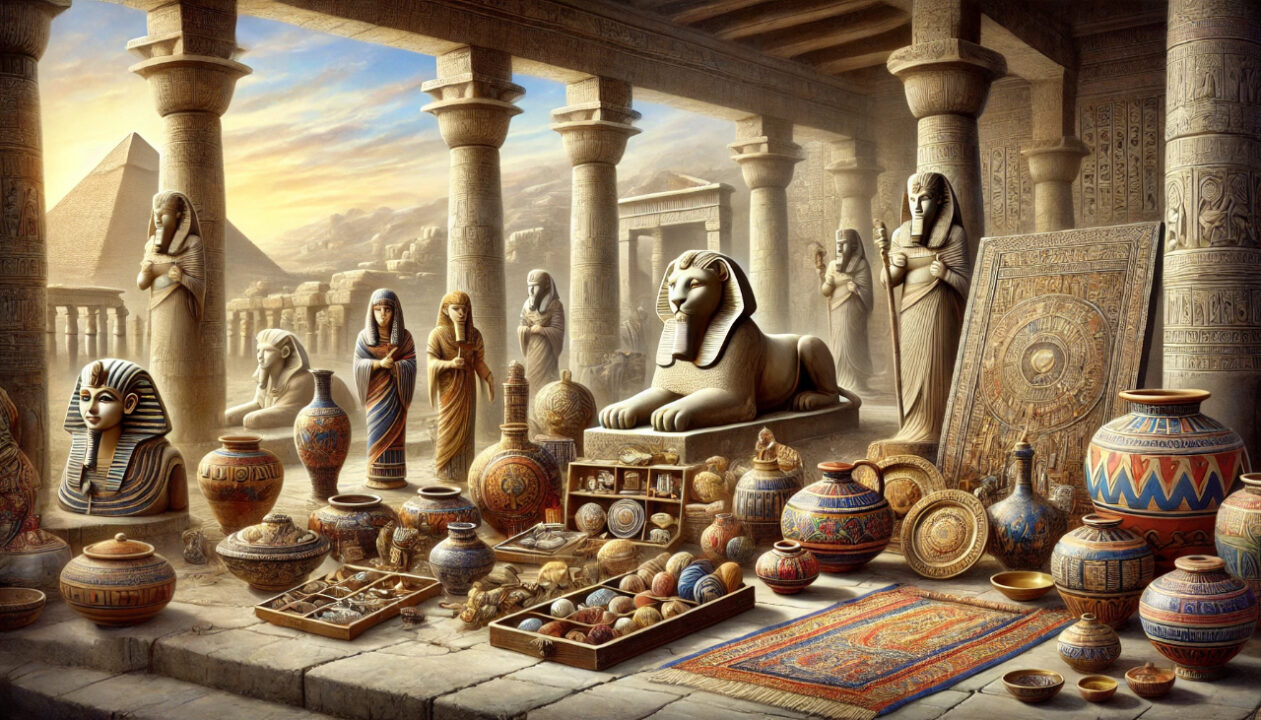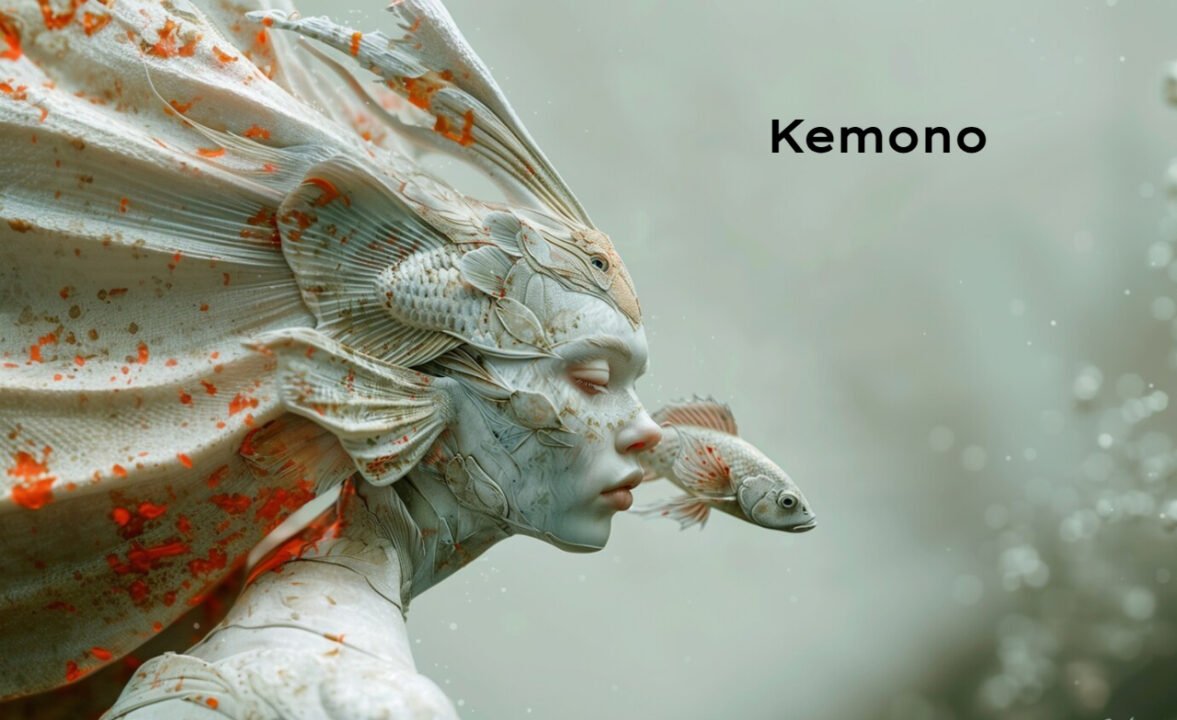Ancient Artz is a captivating and mysterious realm that has enchanted historians, artists, and enthusiasts for centuries. The exploration of these timeless creations offers a glimpse into the cultural, spiritual, and societal fabric of ancient civilizations. This article delves deep into the world of Ancient Artz, examining its techniques, cultural significance, and enduring legacy. By understanding the profound impact of these artworks, one gains insight into how ancient societies communicated, celebrated, and preserved their identities.
The Origins of Ancient Artz
The origins of Ancient Artz are rooted in the earliest human civilizations. From cave paintings in Lascaux to the intricate pottery of ancient Mesopotamia, art was an integral part of daily life. It served not just as decoration, but as a medium for storytelling, religious expression, and social documentation. Ancient Artz encapsulates a wide range of forms, including sculpture, painting, pottery, and textile work. Each piece of art from these early periods offers valuable insights into the values, beliefs, and everyday experiences of ancient people.
You Might Also Like: Anise Hyssop: Cultivation, Benefits, and Uses
Cultural Significance of Ancient Artz
Ancient Artz is more than just a collection of artifacts; it is a testament to the cultural diversity and intellectual achievements of ancient civilizations. Art played a crucial role in religious ceremonies, governance, and personal identity. In ancient Egypt, for instance, art was deeply intertwined with religion, with elaborate tomb paintings designed to ensure a safe passage to the afterlife. Similarly, the Greco-Roman world used art to celebrate human achievement and the divine, with statues and mosaics depicting gods, heroes, and mythological events.
Religious Expression in Ancient Artz
Religious themes dominate much of the ancient art that has survived to this day. In many ancient cultures, art was created with the explicit purpose of honoring deities and ensuring spiritual harmony. The colossal statues of pharaohs in Egypt, the serene Buddhas of ancient Asia, and the intricate Hindu temples of India all serve as reminders of the profound connection between art and spirituality. These works were often imbued with symbolic meanings and were used in rituals and ceremonies that were central to religious life.
The Role of Art in Ancient Governance
Art also played a significant role in the governance of ancient societies. Rulers used art to assert their power and legitimize their rule. Monumental architecture, such as the pyramids of Egypt and the ziggurats of Mesopotamia, was often constructed as a demonstration of a ruler’s divine favor and ability to command vast resources. The portraits of emperors and kings, as seen in Roman busts or Chinese dynastic paintings, were carefully crafted to convey authority, wisdom, and divine right.
Techniques and Materials of Ancient Artz
The techniques and materials used in Ancient Artz were as varied as the cultures that produced them. Ancient artists had to rely on the resources available to them, which led to the development of unique artistic styles and methods. The choice of materials—whether stone, clay, metal, or pigment—was often influenced by both practical considerations and cultural significance.
Stone Carving in Ancient Artz
One of the most enduring forms of Ancient Artz is stone carving. This technique was used to create some of the most iconic pieces of ancient art, from the statues of gods and pharaohs in Egypt to the stelae of the Mayans. Stone, being a durable material, was ideal for creating lasting monuments. Carvings were often made in relief, where the image is raised above the background surface, or in the round, where the figure is fully three-dimensional.
Pottery and Ceramics in Ancient Artz
Pottery is another significant medium in Ancient Artz. Ancient ceramics range from the simple utilitarian pottery of Neolithic communities to the highly decorated vases of ancient Greece. Pottery was often painted with scenes from mythology, daily life, or geometric patterns. The techniques used in pottery, such as coiling, wheel-throwing, and glazing, were passed down through generations and have been found across different cultures, illustrating the widespread importance of this art form.
Textiles and Weaving in Ancient Artz
Textiles also played a crucial role in Ancient Artz, particularly in cultures like those of ancient Peru and Egypt. Weaving techniques were highly advanced, and textiles were often used as a form of currency, in addition to their functional use as clothing. The patterns and dyes used in ancient textiles were not only aesthetically pleasing but also carried significant cultural meanings, often signifying the wearer’s status or affiliation.
Preservation and Restoration of Ancient Artz
Preserving Ancient Artz is a delicate and complex task. Many ancient artworks have been lost to time due to natural decay, wars, and human neglect. However, the efforts to restore and preserve what remains are vital to maintaining our connection to the past. Modern technology has allowed for more sophisticated restoration techniques, ensuring that these ancient masterpieces can be enjoyed by future generations.
Challenges in Preserving Ancient Artz
One of the biggest challenges in preserving Ancient Artz is the fragility of the materials used. Organic materials like wood and textiles are particularly susceptible to decay, while stone and metal, though more durable, can be eroded by the elements. Additionally, the original context in which these artworks were created is often lost, making it difficult to fully understand their significance.
Modern Restoration Techniques
Advances in technology have significantly improved the ability to restore and preserve ancient artworks. Techniques such as digital imaging, 3D printing, and chemical treatments have made it possible to repair damage and prevent further deterioration. These methods, however, must be used with caution to avoid altering the original work. The goal of restoration is to maintain the integrity of the piece while ensuring its longevity.
The Influence of Ancient Artz on Modern Art
Ancient Artz has had a profound influence on modern art. The styles, techniques, and themes developed by ancient artists continue to inspire contemporary creators. Many modern artists look to the past for inspiration, drawing on the symbolism, mythology, and craftsmanship of ancient cultures to inform their work.
Revival of Ancient Techniques
In recent years, there has been a resurgence of interest in ancient art techniques. Artisans and artists are revisiting traditional methods, such as fresco painting, mosaic work, and metal casting, to create new works that honor the past while incorporating modern sensibilities. This revival not only preserves these ancient skills but also introduces them to new audiences.
Ancient Artz in Contemporary Culture
The impact of Ancient Artz can also be seen in popular culture, where references to ancient motifs and styles are prevalent. From fashion to film, ancient art continues to captivate and inspire. The timeless nature of these artworks ensures that they remain relevant, offering a connection to the past that is both meaningful and inspiring.
Ancient Artz in Museums and Collections
Museums around the world house collections of Ancient Artz, offering the public an opportunity to engage with these historical masterpieces. These institutions play a crucial role in preserving and interpreting ancient art for contemporary audiences. Visiting a museum provides a tangible connection to the past, allowing individuals to experience the beauty and craftsmanship of ancient cultures firsthand.
Famous Collections of Ancient Artz
Some of the most famous collections of Ancient Artz can be found in institutions like the Louvre in Paris, the British Museum in London, and the Metropolitan Museum of Art in New York. These museums hold extensive collections of artifacts from ancient Egypt, Greece, Rome, and other civilizations. These collections are not only valuable for their artistic merit but also for the historical knowledge they provide.
The Role of Museums in Education
Museums also play an important educational role, offering programs and resources that help people of all ages understand the significance of Ancient Artz. Through exhibitions, lectures, and interactive displays, museums make ancient art accessible and engaging, fostering a deeper appreciation for the creativity and ingenuity of our ancestors.
Ancient Artz in Archaeological Discoveries
New archaeological discoveries continue to shed light on the art of ancient civilizations. Each discovery adds to our understanding of Ancient Artz, revealing new techniques, styles, and cultural practices. These findings often challenge existing theories and offer fresh perspectives on the history of art.
Significant Archaeological Finds
Some of the most significant archaeological finds in recent years have included well-preserved murals, sculptures, and artifacts that offer new insights into ancient cultures. For example, the discovery of ancient frescoes in Pompeii has provided a detailed look at Roman life, while new finds in Egypt continue to reveal the sophistication of ancient Egyptian art.
Impact on Historical Understanding
These discoveries not only enrich our understanding of Ancient Artz but also provide context for the broader history of human civilization. By examining the art of ancient peoples, archaeologists can piece together information about their daily lives, social structures, and interactions with other cultures.
Why Ancient Artz Matters Today
Ancient Artz remains a vital part of our cultural heritage. It serves as a reminder of the creativity, resilience, and diversity of ancient civilizations. Understanding and appreciating this art allows us to connect with our shared past, recognize the contributions of different cultures, and inspire future generations of artists.
A Legacy of Creativity
The creativity and innovation displayed in Ancient Artz are timeless. These works continue to inspire not only artists but also anyone who values beauty, craftsmanship, and cultural expression. The legacy of ancient artists is evident in the continued relevance of their work, which transcends time and place.
Preserving Cultural Heritage
Preserving Ancient Artz is essential for maintaining cultural heritage. These artworks are more than just objects; they are representations of the beliefs, values, and experiences of ancient peoples. By preserving these pieces, we honor the past and ensure that future generations can learn from and be inspired by these ancient cultures.
Ancient Artz is a treasure trove of human creativity and cultural expression. From the earliest cave paintings to the sophisticated sculptures of ancient civilizations, these artworks offer a glimpse into the minds and lives of our ancestors. The techniques, materials, and themes of Ancient Artz continue to resonate today, influencing modern art and preserving the legacy of ancient cultures. As we continue to discover, preserve, and study these masterpieces, we gain a deeper understanding of our shared human history and the enduring power of art.
FAQs
What is Ancient Artz?
Ancient Artz refers to the artistic creations of ancient civilizations, encompassing various forms such as sculpture, painting, pottery, and textiles.
Why is Ancient Artz important?
Ancient Artz is important because it provides insights into the culture, religion, and social structures of ancient civilizations, preserving their legacy for future generations.
How are ancient artworks preserved?
Ancient artworks are preserved through careful restoration techniques, including digital imaging, chemical treatments, and 3D printing, to repair and prevent further deterioration.
What materials were commonly used in Ancient Artz?
Common materials used in Ancient Artz include stone, clay, metal, and organic materials like wood and textiles, each chosen for its durability and cultural significance.
How does Ancient Artz influence modern art?
Ancient Artz influences modern art by inspiring contemporary artists with its themes, techniques, and symbolism, leading to a revival of traditional methods and styles.
Where can I see Ancient Artz today?
Ancient Artz can be seen in museums around the world, such as the Louvre, the British Museum, and the Metropolitan Museum of Art, which house extensive collections of ancient artifacts.
Why is preserving Ancient Artz important?
Preserving Ancient Artz is crucial for maintaining cultural heritage, honoring the creativity of ancient peoples, and ensuring that future generations can learn from these historical masterpieces.





